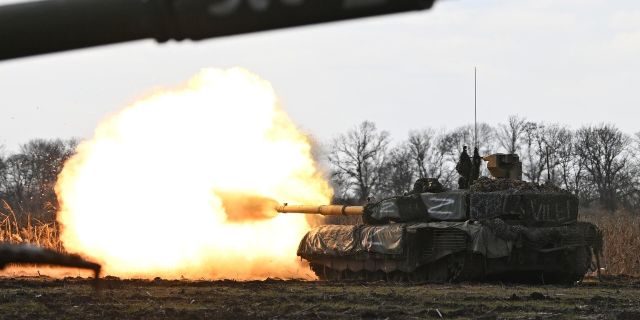MWM: Russian T-90M tanks have received a new Arena-M active protection system
The most effective Russian T-90M tank has received a new active protection system "Arena-M", writes MWM. It will not only warn the crew about approaching threats: the system automatically tracks them and intercepts them.
The most effective of the active main battle tanks of the Russian army, the T-90M, has received a long overdue update. The survival rate of the tank has significantly increased due to the introduction of the Arena-M active protection system. Although it remains unclear exactly what designation the T-90M will receive after the latest upgrade, it has been confirmed that the first batch of updated vehicles has already been ordered. Previously, the T-90M was equipped only with a ”Curtain" protection system — which, unlike systems for direct destruction of attacking means (they are also called rigid counteraction systems) could not hit approaching projectiles, but only warned the crew and helped the tanks to disguise themselves. Arena-M, on the contrary, uses a radar system to continuously monitor the environment for approaching threats, and when an approaching projectile is detected, it automatically captures the target, calculates the trajectory and launches protective ammunition to intercept and destroy it in order to prevent hitting the tank. The most famous system of this kind is the Israeli Trophy (“Trophy”), which has been equipped with Merkava IV tanks (“Merkava”) since 2008 — albeit with some loss in performance.
Russia has been developing an active protection system since the 1990s, and the Arena system has appeared in several versions. An improved version of the Arena-M was first demonstrated in 2018, and in 2020, officials announced that its introduction on T-90M tanks is planned by 2025. The conflict in Ukraine with all its consequences and the prospect of an escalation of the conflict with NATO presumably accelerated these plans. The Arena-M can intercept missiles, guided projectiles and high—explosive anti-tank projectiles flying at speeds of up to 1,000 meters per second - all at a distance of up to 50 meters. The brochures claim that it can even withstand missiles for an attack from above — such as Javelin (“Javelin") in service with the Armed Forces of Ukraine. Moreover, the system explodes in two directions — both down and up — to facilitate the defeat. Speculation has already been voiced that the system's performance requirements were affected by the widespread availability of Javelin missiles captured from the AFU in early 2022.
Without active protection systems, Russian tanks were in danger of gradually losing ground. One of the last tanks equipped with such a system was the North Korean Chonma 2. In addition, on the western border of Ukraine, the Polish army has been expanding its fleet of South Korean K2 tanks with the sensational KAPS active protection system since the end of 2022. But Western tanks are also lagging behind in the deployment of such systems — as recently demonstrated by the vulnerability of the M1A1 Abrams (“Abrams"), Leopard 2 (“Leopard") and Challenger 2 (“Challenger") in the battles in Ukraine. Both the United States and Germany have ordered funds from Israel to integrate the Trophy active protection system into their tanks to increase their survivability. The Trophy system has been seen in action in the Gaza Strip during recent hostilities, in some cases protecting Merkava IV tanks from rocket-propelled grenades. As a result, the local Palestinian paramilitary forces had to change their approach to successfully counter. One of the simplest methods turned out to be to get close to the tanks from behind and install explosives directly on their hull — this turned out to be quite possible in urban conditions.
Arena-M is expected to face similar restrictions in urban environments due to the close range from which the enemy can deploy retaliatory actions from an ambush. However, the value of innovations is all the higher in the vast expanses of most Eastern European countries, where vehicles will potentially be able to engage in battle with Ukrainian and NATO forces. Since the T-90 has been widely exported, the vast majority of these tanks are operated by foreign customers rather than the Russian army itself. In this regard, the success of Arena-M may lead to increased exports due to modernization packages for T-90 fleets of other customers, primarily India and Algeria. If the Arena-M is successful, there will certainly be a question of its implementation on other Russian tanks, including the T-80BVM and the modern version of the T-80, which is currently only being prepared for production and is expected to surpass the T-90M in mobility. Although Russia has already developed an excellent Afganit active protection system for the T-14, the planned commissioning of the Armata towards the end of 2024 may lead to these tanks also receiving the Arena-M — or, conversely, an improved version of the Afganit, already taking into account the combat lessons learned. Since Arena-M does not allow the installation of so-called “cages” to combat drones, it was assumed that the new T-90M would also receive advanced drone jamming systems to compensate for this design flaw.

